The city of Mong Cai, previously known as Mang Nhai, is nearly 200km northeastof Ha Long. The city has a favourable geographic position and plays a crucial strategic role in terms of politics, economics, defence-security and external relations because it has international border gates both on the road and in the sea, connecting Vietnam with China and other countries in the world.
For the above reasons, Mong Cai was first formed as an experimental economic zone in Vietnam, starting in 1996. With its advantage of having a long borderline near Guangxi, China, the city’s economy has strongly developed with the establishment of a series of trade centres and a system of restaurants and hotels from common to luxurious, so it is no exaggeration to say that Mong Cai is the “shopping heaven” of the northeastern region of Vietnam.
The city of Mong Cai is like a complex of trade services with trade centres, supermarkets, restaurants mushrooming along the spacious and modern roadsof Hoa Binh, Hung Vuong, Huu Nghi and Tran Phu.
At present, Mong Cai has 14 markets and large trade centres, mainly at the heart of the city with thousands of small and large shops. It is the wholesale market for customers in the north.
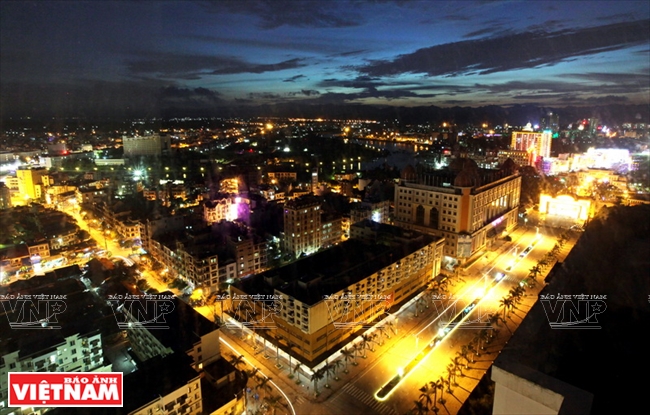
The city of Mong Cai looks brilliant at night. Photo: Tat Son
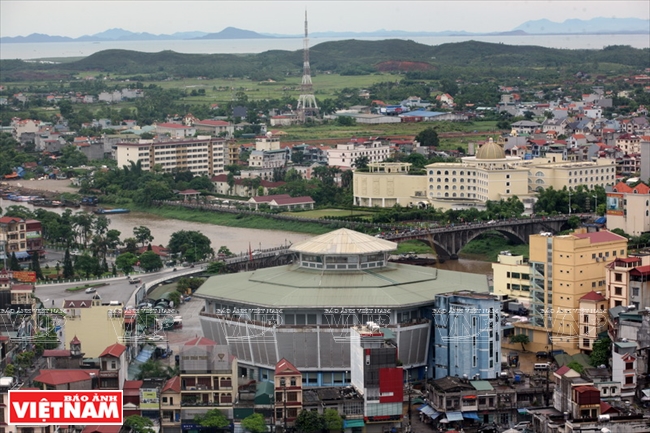
The central market and the Ka Long Bridge - the icon of the city seen from above. Photo: Tat Son

The fashion centre of the city is abundant with both common and luxurious products. Photo: Tat Son
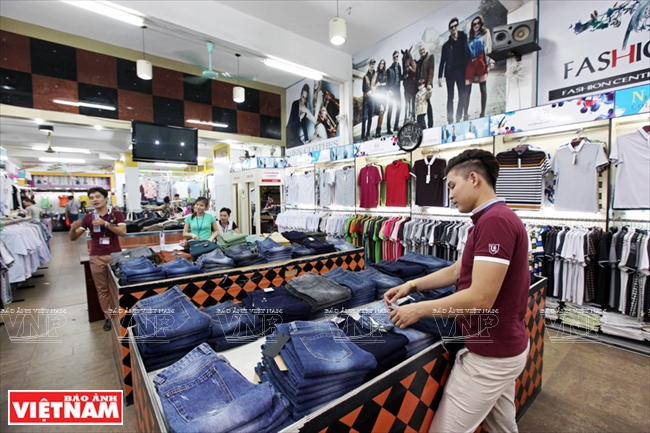
Tourists have the opportunity to buy high-grade cloth for wholesale prices. Photo: Tat Son

Mong Cai is planned by the Government to become the Mong Cai Border Gate Economic Zone by 2050. Photo: File |
The central market of Mong Cai located on Tran Phu Street every year attracts the largest number of customers nationwide. The others, Mong Cai 2 and 3, are also situated on Tran Phu Road, 1km from the Bac Luan Border Gate. These markets and Vinh Co Trade Centre are ideal places for buying electronics.
This young border city boasts its Mong cai International Border Gate which is the busiest trade gateway in the northeast, connecting the city of Mong Cai with Dongxing (China) and helps the city develop tourism. From this border gate, tourists easily fulfill procedures for travelling to coastal provinces of China. The city boaststhe Ka Long River which forms a natural border line of 60km between Mong Cai, Quang Ninh Province and Dongxing of Guangxi, China. It is the busiest and most important river border gate of Vietnam-China trade. Crossing over the river is the Ka Long Bridge, the city’s symbol which was designed by a French architect and built in 1964. The only stone-built bridgeis now one of the most popular destinations in the city together with the Mong Cai International Border Gate, Sa Vy Border Propaganda Complex, Tra Co Church and Xuan Lan Pagoda.
With its advantages in terms of geographic position, natural landscape and economic potential, Mong Cai was planned by the Government to develop into the Mong Cai Border Gate Economic Zone by 2050. Under the planning, the economic zone will have a total area of 121,197ha, including a total land area of 66,197ha and a water area of 55,000ha. It is expected to become a dynamic economic growth pole of the Red River delta, a developed economic centre on the coastal economic belt of the Tonkin Gulf and an important gate for trade and international cooperation between Vietnam and China and other ASEAN members.
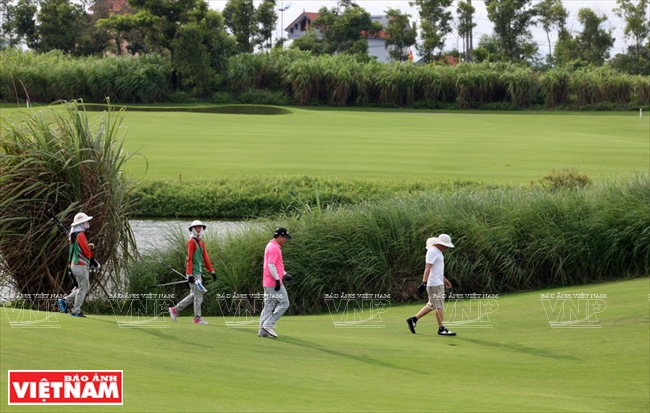
Mong Cai has a golf course of 18 holes built according to international standards.
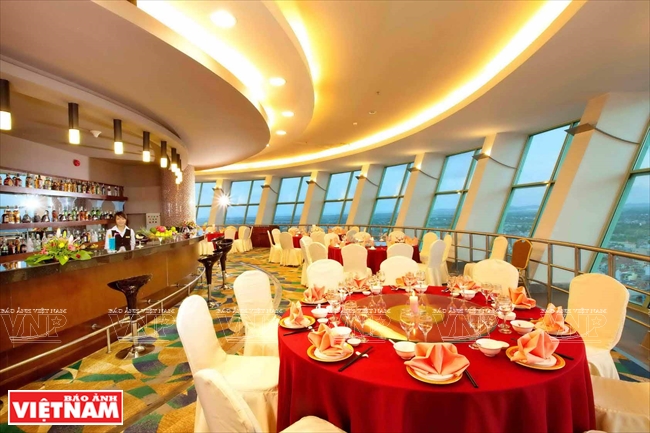
Mong Cai has a series of hotels and restaurants meeting international standards. Photo: File

Tra Co Church is considered a masterpieces of western architecture. Photo: File

The stone ground on Vinh Thuc Island is located south of the city of Mong Cai. Photo: File

Vinh Thuc Island is still primitive so it attracts those who like backpacking tourism. Photo: File
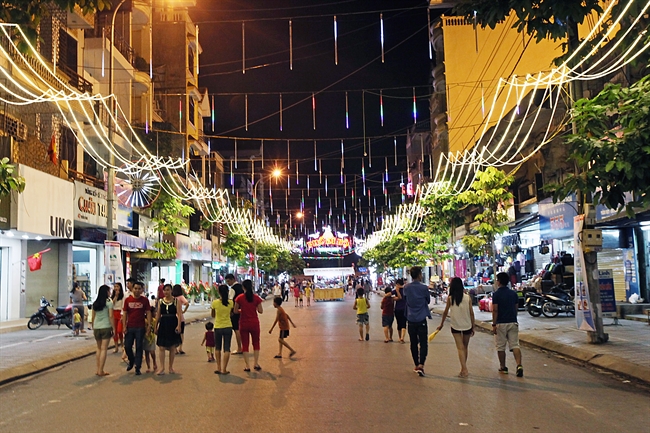
The first walking route in Mong Cai is open to locals and tourists on Tran Phu Road. Photo: Tat Son |
In the future, Mong Cai – the border city of the country is expected to develop into a trade centre of regional stature.
Story: Thao Vy - Photos: Tat Son &Files